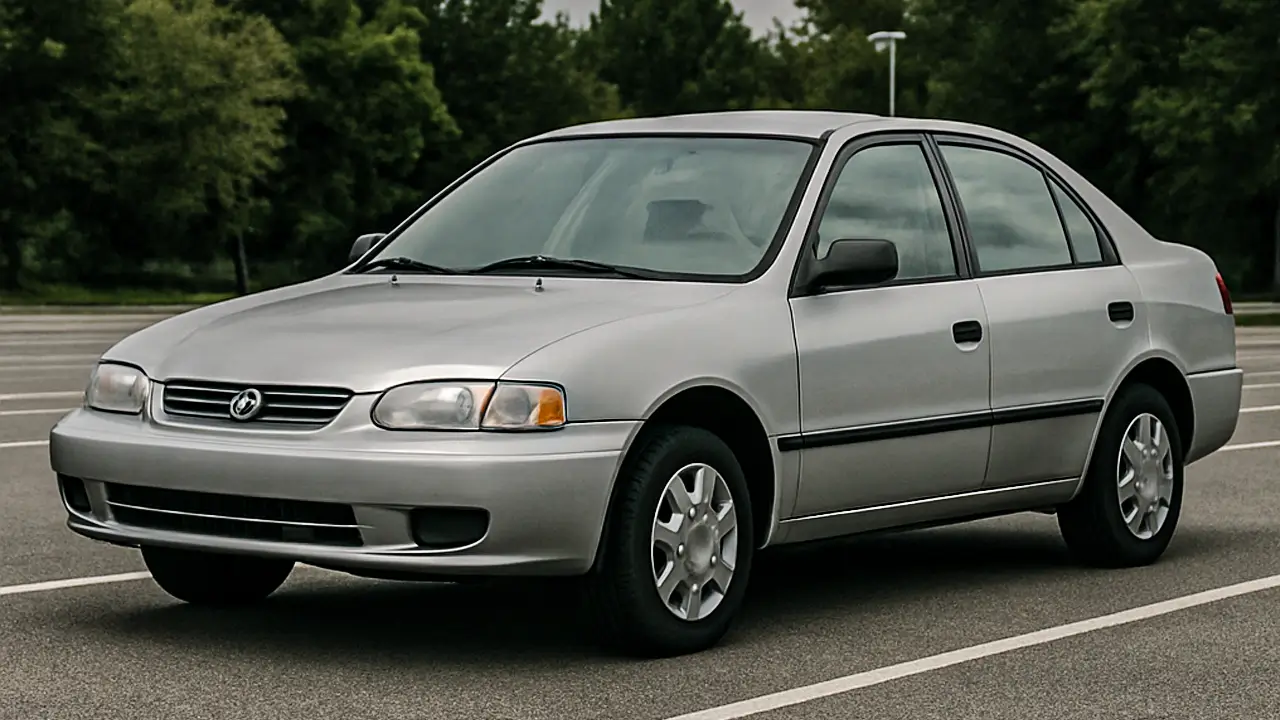You have possibly been there, exploring vehicles, mobile phones, portable computers, or bicycles. There, it appears: the standard version. Simple, basic, less expensive. Afterward, the deluxe model tempts you having its roof opening, larger display, quicker processor, metal rims, immersive audio, or more stylish detailing. You hesitate. “Perhaps I will only buy the standard version and upgrade it afterward,” you assure yourself.
Seems logical, right? Yet wait. It is not only a cost selection, but it is an extended plan. And as every plan, it requires more than idealistic assumptions.
The Temptation of the Base Model: Why It Feels Smart
You are gazing toward a ₹9 lakh compact vehicle. The premium version exceeds ₹12 lakh. That is a big margin. Alternatively, perhaps you are considering a MacBook Air. The standard variant is ₹1.14 lakh; however, the maxed-out model is priced at ₹1.45 lakh.
It is not only related to cost, but it is a mindset. Purchasing the base model provides you with immediate satisfaction. It is similar to a first step. You are assuring yourself, “I will only enter the environment and enhance gradually.”
Also, hey, in a few situations, that makes sense. In case you are skilled with technology or vehicles, or you are fine with riding a factory for 1-2 years, getting the base version offers you freedom. It is your empty template.
The Hidden Costs of “Upgrading Later”
Let’s make one point clear: makers do not prefer you to enhance by yourself. Therefore, most base models are intentionally reduced not only in functions, but in the framework.
Look at vehicles. Planning to improve a base model vehicle’s display system, audio units, back camera, and metal rims? You may, but frequently for a significantly greater overall price compared to when you simply chose the higher model.
Even worse, specific functions such as adaptive speed system, side-impact cushions, or vehicle stability tech are not installable afterward at all. You are trapped.
Base Models That Actually Make Sense
Specific items provide a completely functional, as well as deluxe usage immediately from the start. Considering the base variant Apple Watch or Kindle, they are useful, reliable, and you are not skipping on necessary functions. Or consider of base models of vehicles, such as the Maruti Suzuki Swift VXi or Kia Sonet entry-level models, they by default carry protection and ease.
In case you are the type who does not bother with fancy extras or if you truly do not require options such as cordless battery replenishing, automatic temperature regulation, or a roof window, the base version could be perfect.
Tech Traps: Upgrades Aren’t Always Possible
Let’s have a realistic examination of portable computers, iPads, and mobiles. You might assume: “I will enhance the memory or RAM afterward.” However, in 2025, several standard gadgets will arrive fixed. You cannot modify a component. Although the gadget supports enhancements, the price of matching modules along with service charges is frequently higher than the factory upgrade cost during buying.
Also output is not consistent. A base version MacBook having 8gigabytes of memory RAM and a 256GB solid state drive not only includes lower figures it might overheat and slow down when stressed, implying you are not receiving maximum capability from the M3 processor, regardless of how impressive it seems on specs.
Mobiles are more limited. You cannot expand the memory or power unit. Also, when you understand you require better speed, then you have reduced 50% the cost. Exchanging and replacing will end up costing more than simply getting the correct model initially.
Cars: The DIY Fantasy That Can Backfire
Purchasing a base version vehicle and “aiming to enhance afterward” is quite a frequent mistake.
You might assume you will include auxiliary lights, a display panel, improved upholstery, and metal rims cheaply. However, this is the catch: standard models frequently do not have the necessary cables for installing those components. Therefore, you are not only spending on the component, you are spending on electrical work, potential system updates, and then hoping vehicle coverage remains valid if an issue arises.
In addition, trade-in worth decreases. Customers favor pre-installed options. Custom alterations might actually discourage customers.
Also Read
- Audi GT50 Concept: A Loud Reminder of Why Car Enthusiasts Fell in Love With Audi
- Nearly 30% of UK Drivers Believe Car Tax Should Be Based on Mileage — Survey
- Why Planes and Boats Escaped the Luxury Tax But Cars Didn’t
- Australia’s Headlight Confusion: Authorities Warn Drivers After Viral $250 Headlight Rule Goes Wild Online
- 2025 Hyundai Venue Facelift Launched in India – Full Details, Variants, and Price
The Time Cost: Upgrading Later Means Waiting, Planning, and delays
Let’s not overlook the emotional exhaustion. Purchasing the base version and intending improvements afterward seems smart; however, it creates responsibilities for your coming days.
You will invest effort looking into suitable components, checking feedback, going to repair shops, collecting estimates, and bargaining for setups. Then there is danger: suppose the item is not in stock, or mismatched?
During that time, you are dealing with limitations, possibly a tinier display, a poor sound system, without a reverse camera, or sluggish task switching. You spent on an item you do not completely benefit from.
On the other hand, paying slightly extra at the start. You gain mental comfort, complete features, and reduced choices to deal with in the future.
